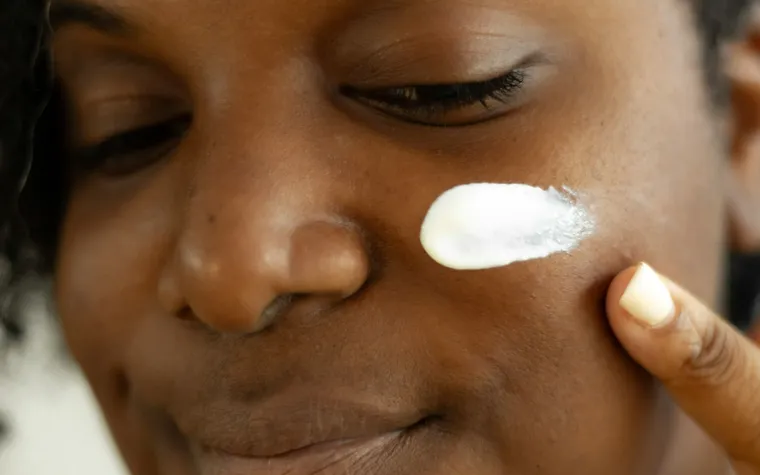Advances in skincare and dermatology offer numerous solutions to reduce wrinkles, ranging from non-invasive procedures to surgical options. Understanding these treatments can help individuals choose the best approach for their skin needs. For those looking to minimize the appearance of wrinkles, treatment options include topical skincare products, cosmetic procedures, and lifestyle adjustments. With the right combination of treatments, it is possible to smooth fine lines, restore skin elasticity, and achieve a refreshed, youthful look.
1. Topical Treatments
Topical treatments are often the first line of defense against wrinkles. These products contain active ingredients that hydrate the skin, stimulate collagen production, and reduce the appearance of fine lines.
- Retinoids: Derived from vitamin A, retinoids are known for their powerful anti-aging properties. They increase cell turnover and boost collagen production.
- Peptides: Peptides promote collagen synthesis, improving skin firmness and elasticity.
- Antioxidants: Ingredients like vitamin C and E protect against free radical damage, preventing premature aging.
- Moisturizers: Hydrating products with hyaluronic acid can plump the skin and reduce the visibility of fine lines.
2. Non-Invasive Procedures
For more noticeable results, non-invasive procedures performed by dermatologists can significantly reduce wrinkles without surgery.
- Botox: Botox injections temporarily relax facial muscles, smoothing dynamic wrinkles like crow’s feet and frown lines.
- Dermal Fillers: Fillers like hyaluronic acid add volume to areas with deep wrinkles, restoring a youthful contour.
- Chemical Peels: These treatments exfoliate the skin, removing damaged layers and promoting new cell growth.
- Laser Therapy: Laser treatments stimulate collagen production and improve skin texture by targeting the deeper layers of the skin.
3. Minimally Invasive Treatments
Minimally invasive options provide longer-lasting results than non-invasive procedures, with minimal downtime.
- Microneedling: Tiny needles create micro-injuries in the skin, stimulating collagen and elastin production.
- Radiofrequency (RF) Therapy: RF devices deliver energy into the skin to tighten and firm the underlying tissues.
- Ultrasound Therapy: Ultrasound waves penetrate deep into the skin, encouraging collagen production and reducing sagging.
4. Surgical Options
For those with severe wrinkles or sagging skin, surgical procedures may be the most effective choice.
- Facelift: A facelift tightens and lifts the skin for a more youthful appearance.
- Eyelid Surgery: Also known as blepharoplasty, this procedure removes excess skin around the eyes, reducing wrinkles and droopiness.
- Brow Lift: Lifting the brows can smooth forehead wrinkles and correct sagging eyebrows.
5. Lifestyle Changes for Wrinkle Prevention
In addition to treatments, adopting healthy habits can prevent wrinkles and maintain skin health.
- Sun Protection: Daily use of sunscreen with SPF 30 or higher can prevent UV damage.
- Hydration: Drinking plenty of water keeps skin hydrated and plump.
- Healthy Diet: A diet rich in antioxidants, vitamins, and omega-3 fatty acids supports skin elasticity.
- No Smoking: Smoking accelerates skin aging and contributes to wrinkles.
- Quality Sleep: Sufficient rest allows the skin to repair and regenerate.
Conclusion
Reducing wrinkles is achievable through a combination of treatments and lifestyle adjustments. From topical solutions and non-invasive procedures to surgical interventions, numerous options are available to suit various needs and preferences. Consulting with a dermatologist can help determine the most effective plan for achieving and maintaining youthful, healthy skin.

